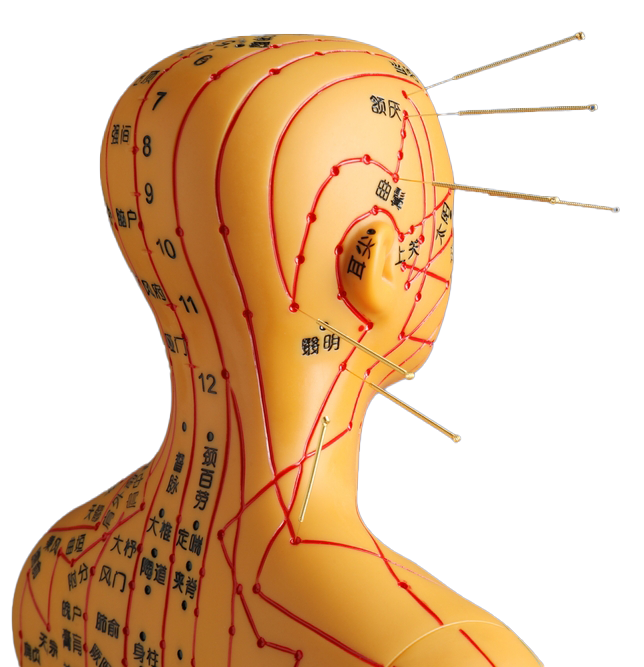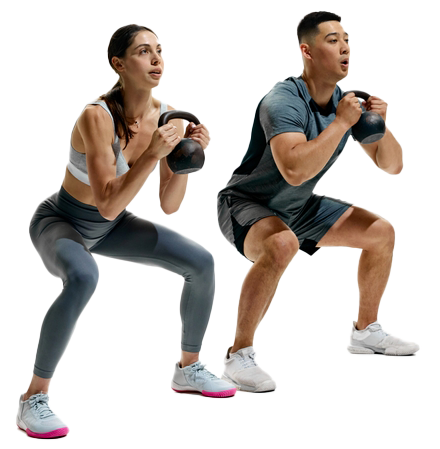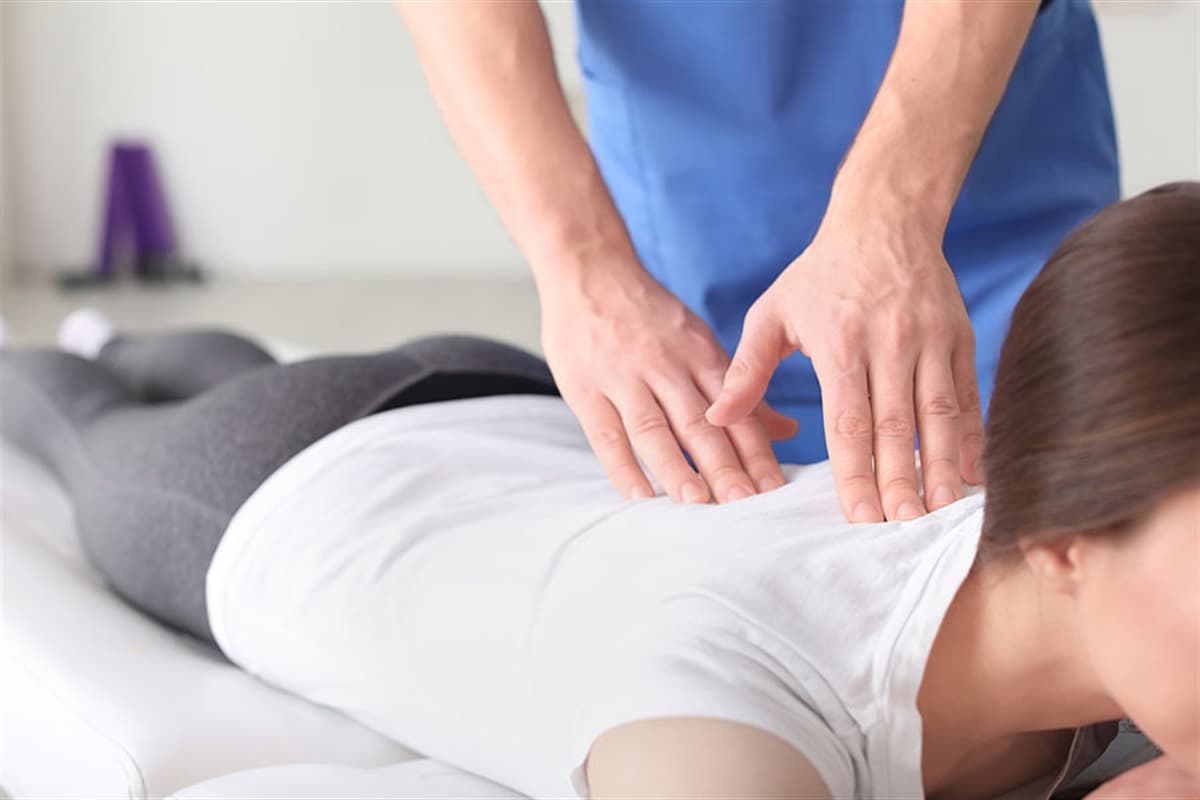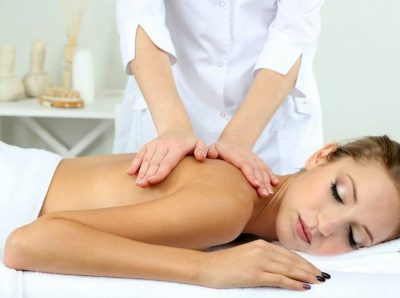- Facet joint Radiofrequency Thermocoagulation (RFT) Treatment
- Radiofrequency Thermocoagulation Dorsal root ganglion (DRG) radiofrequency thermocoagulation (RFT)
- Discitis Procedure
- Sacroiliac Joint Radiofrequency Treatment (Simplicity)
- In-Disc Ozone Therapy
- Nucleoplasty
- Transforaminal Injection (Pinpoint)
- Facet joint block
- Epidural Injection
Manual therapy
- Home
- Physiotherapy and Rehabilitation
- Manual therapy
Contents
Toggle- Creating an individualised treatment plan
- The role of different specialities (physiotherapist, orthopaedist, psychologist, neurosurgeon)
- Pain treatment during pregnancy
- Treatment of chronic pain in the elderly
- Pain management in children
- Stress management
- Healthy eating
- Ergonomic living arrangements
- Exercise and mobility
- Facet joint Radiofrequency Thermocoagulation (RFT) Treatment
- Radiofrequency Thermocoagulation Dorsal root ganglion (DRG) radiofrequency thermocoagulation (RFT)
- Discitis Procedure
- Sacroiliac Joint Radiofrequency Treatment (Simplicity)
- In-Disc Ozone Therapy
- Nucleoplasty
- Transforaminal Injection (Pinpoint)
- Facet joint block
- Epidural Injection
- Cancer pain
- Permanent Epidural / Spinal Port Application
- Vascular Port (Permanent Vascular Access)
- Trigeminal Nerve RFT
- Blockade of Ganglion Stellatum
- Lumbar Sympathetic Ablation
- Facet joint Radiofrequency Thermocoagulation (RFT) Treatment
- Radiofrequency Thermocoagulation Dorsal root ganglion (DRG) radiofrequency thermocoagulation (RFT)
- Hernia Burning (IDET)
- Discitis Procedure
- Sacroiliac Joint Radiofrequency Treatment (Simplicity)
- Permanent Epidural / Spinal Port - Pump System
- In-Disc Ozone Therapy
- Nucleoplasty
- Peripheral Nerve Block
- Transforaminal Injection (Pinpoint)
- Facet joint block
- Epidural Injection
- Intra-articular Fluid Treatment
- Dorsal root ganglion (DRG) radiofrequency thermocoagulation (RFT)
- Spinal cord stimulation (pain pacemaker)
- Ergonomic living arrangements
- Spinal cord stimulation (pain pacemaker)
- Nucleoplasty
- Radiofrequency ablation
- Herbal solutions
- Dry needle treatment
- Anti-ageing treatments
- Ozone therapy
- Cupping therapy - Cupping
- Mesotherapy
- Prolotherapy
- Acupuncture
- Stem Cell Therapy
- Nerve blockages
- Corticosteroid injections
- Massage and relaxation techniques
- Manual therapy
- Electrotherapy
- Neuropathic pain medications
- Anti-inflammatory drugs
- Muscle relaxants
- Painkillers (paracetamol, ibuprofen, etc.)
Manual Therapy Healing by Touch
The pace of daily life, incorrect posture positions, stress or age-related physical problems... All of these factors can cause pain and limitation of movement in our musculoskeletal system over time. At this very point manual therapyis a natural and effective method. In this article, we will discuss what manual therapy is, in which cases it is used and what should be considered.
What is Manual Therapy?
Manual therapy, by physiotherapists or other competent health professionals, manually applied It is a treatment approach to reduce movement limitation and pain in joints, muscles, ligaments and nerve tissues with special techniques.
- Manual Assessment: Before the therapy, the mobility, pain points and tension levels of the problematic areas in the body are determined with expert hands.
- Touch Therapy: Then, mobilisation or manipulation of the joints and soft tissue techniques are applied to the muscles to improve circulation, range of motion and function.
Main Objectives of Manual Therapy
- Reducing Pain: Stiffening joints and tense muscles reduce the quality of daily life. The goal of manual therapy is to alleviate these pains with natural touches.
- Improving Mobility: When flexibility and range of movement are lost in the musculoskeletal system, even the simplest activities can become difficult. Manual therapy helps joints and muscles to work more efficiently.
- Increasing Circulation: With the applied pressure and manipulation movements, regional blood flow is supported, thus accelerating tissue healing.
- Ensuring Body Balance: Recurrence of pain can be prevented by correcting incorrect posture and asymmetrical movement patterns.
In which cases is it used?
- Neck, Back and Waist Pains: It is effective in relieving pain and increasing range of motion in pain caused by problems such as posture disorder, hernia or calcification.
- Joint Problems: Manual therapy can be preferred in rehabilitation processes after joint stiffness, arthritis or sports injuries in areas such as shoulders, hips and knees.
- Sports Injuries: It is used in muscle strains, ligament injuries or sprains to accelerate tissue healing and strength gain.
- Nerve Compression and Tension Type Pain: In problems in the cervical (neck) region or sciatica pain due to herniated discs, relief can be achieved with appropriate mobilisation and soft tissue techniques.
Manual Therapy Techniques
- Mobilisation: Low-speed, controlled pushing/pulling movements are performed to increase the range of motion in the joints.
- Manipulation (High Speed Low Amplitude Force): A harder, but short-range force opens the joint space. It is often associated with a "popping" sound.
- Soft Tissue Manipulations (Massage, Deep Tissue Applications): It is applied to relieve muscle spasms and tensions, improve blood circulation.
- Traction (Traction): Especially in the spinal joints, the distance between the joints is opened to reduce the pressure and relieve nerve compression.
Important note: The technique to be used depends entirely on the patient's condition and the therapist's assessment. Some methods may not be suitable for everyone; therefore a preliminary assessment by a specialist physiotherapist or manual therapist is very important.
What is Manual Therapy?
Manual therapy, by physiotherapists or other competent health professionals, manually applied It is a treatment approach to reduce movement limitation and pain in joints, muscles, ligaments and nerve tissues with special techniques.
- Manual Assessment: Before the therapy, the mobility, pain points and tension levels of the problematic areas in the body are determined with expert hands.
- Touch Therapy: Then, mobilisation or manipulation of the joints and soft tissue techniques are applied to the muscles to improve circulation, range of motion and function.
Main Objectives of Manual Therapy
- Reducing Pain: Stiffening joints and tense muscles reduce the quality of daily life. The goal of manual therapy is to alleviate these pains with natural touches.
- Improving Mobility: When flexibility and range of movement are lost in the musculoskeletal system, even the simplest activities can become difficult. Manual therapy helps joints and muscles to work more efficiently.
- Increasing Circulation: With the applied pressure and manipulation movements, regional blood flow is supported, thus accelerating tissue healing.
- Ensuring Body Balance: Recurrence of pain can be prevented by correcting incorrect posture and asymmetrical movement patterns.
In which cases is it used?
- Neck, Back and Waist Pains: It is effective in relieving pain and increasing range of motion in pain caused by problems such as posture disorder, hernia or calcification.
- Joint Problems: Manual therapy can be preferred in rehabilitation processes after joint stiffness, arthritis or sports injuries in areas such as shoulders, hips and knees.
- Sports Injuries: It is used in muscle strains, ligament injuries or sprains to accelerate tissue healing and strength gain.
- Nerve Compression and Tension Type Pain: In problems in the cervical (neck) region or sciatica pain due to herniated discs, relief can be achieved with appropriate mobilisation and soft tissue techniques.
Manual Therapy Techniques
- Mobilisation: Low-speed, controlled pushing/pulling movements are performed to increase the range of motion in the joints.
- Manipulation (High Speed Low Amplitude Force): A harder, but short-range force opens the joint space. It is often associated with a "popping" sound.
- Soft Tissue Manipulations (Massage, Deep Tissue Applications): It is applied to relieve muscle spasms and tensions, improve blood circulation.
- Traction (Traction): Especially in the spinal joints, the distance between the joints is opened to reduce the pressure and relieve nerve compression.
Important note: The technique to be used depends entirely on the patient's condition and the therapist's assessment. Some methods may not be suitable for everyone; therefore a preliminary assessment by a specialist physiotherapist or manual therapist is very important.
Benefits and Advantages
- Natural and Drug Free: Manual therapy can reduce the need for medication in most cases, as it is mainly based on hand techniques.
- Quick Relaxation: A significant reduction in pain and tension can be felt during or immediately after the application.
- Long Term Solution: Permanent improvement is aimed by focusing on root causes in pain caused by posture disorder or recurring movement errors.
- Personalised Treatment: Each body's needs are different; manual therapy methods can be shaped according to the age, physical structure and medical history of the individual.
Things to Consider
- Expert Selection: It is important that the person performing manual therapy has the necessary training and licences, such as a physiotherapist, osteopath or chiropractor. Incorrect applications can lead to serious injuries.
- Examination and Diagnosis: It may be inconvenient to start manual therapy without knowing the source of the pain. Medical evaluation and, if necessary, imaging methods should be used beforehand.
- Chronic Diseases: Some manual therapy techniques may not be applicable for people with diseases such as osteoporosis, advanced joint calcification, rheumatoid arthritis. In such cases, be sure to give detailed information to your therapist.
- Increased Pain Status: Mild pain or tenderness after treatment can be considered normal. However, if you notice a severe increase in pain or additional symptoms (fever, redness, swelling, etc.), contact your doctor or therapist.
Manual Therapy and Other Treatment Methods
Manual therapy is usually not used alone. More successful results can be obtained when used in combination with the following approaches:
- Exercise and Rehabilitation Programmes: It is effective in preventing re-occurrence of pain by strengthening muscles and increasing flexibility.
- Electrotherapy (TENS, EMS): It can be added between manual therapy sessions to provide pain control and circulatory support.
- Medical Treatment: Especially in chronic inflammation or autoimmune pain, medication support can be taken with the advice of a doctor.
- Nutrition and Lifestyle Changes: Overweight, inactivity and wrong eating habits can trigger musculoskeletal problems. Taken as a whole, it increases the permanence of treatment.
Conclusion
Manual therapy is an impressive treatment approach that can be defined as "healing by touch". It helps to relieve blockages, muscle tensions and painful joint limitations in the body with natural techniques in expert hands. Today, it is widely and successfully used in many cases such as low back pain, neck pain, shoulder or knee problems.
If you have chronic pain or mobility limitations, you can get the right guidance by contacting a physiotherapist or manual therapy specialist to find out if manual therapy is right for you. It is worth exploring the alternatives offered by manual therapy for a healthy body and a more active life!
Our treatments
- Home
- Physiotherapy and Rehabilitation
- Manual therapy




